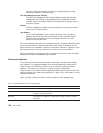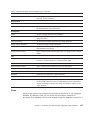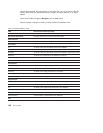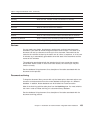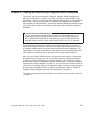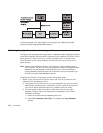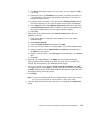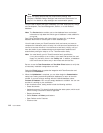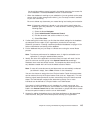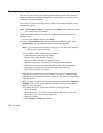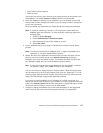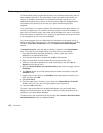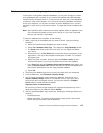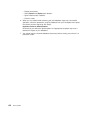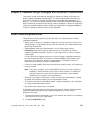
Note
Setup is a staging process that may require some planning. See
“Chapter 9. Database Design Strategies and Advanced Customization” on
page 121 for details on setup strategies and customization options.
You will need to decide what type of database you need: Requirements, Design
and Development, Test Case Management, Generic, or a User Defined
database.
Note: The Preview button enables you to view database forms and related
information to help determine which type of database is most suitable for
your group.
See “Using TeamConnection with Lotus Notes” on page 104 or the Notes
database documents for a description of each database type.
You will need to know your TeamConnection family and server port name to
complete the initialization portion of setup. You must also have authorization to
connect to and use the server. You should use a test family, initially, until you
have the details of your database design and customization stabilized and
tested before pointing the setup to a ″live″ TeamConnection family.
Note: You must identify your full TeamConnection family specification
(family@hostname@port) as an alias in your hosts and services files, and
supply only the family name in the *Family field. In addition, all database
users must have the same entry in their hosts and services files.
Be sure to use the Test Connection and Test Web Client buttons to verify that
all necessary installation configurations are valid.
Select the Finish button to update the integration with TeamConnection and
complete the Initialization.
h. When the Initialization is complete, you can either begin the Customization
setup (see Creating customized production databases) or return to the main
window. If you want to begin working with the initialized database, select
Proceed to Database. Your new, but empty database is available. You can now
test that it is working to your satisfaction.
In the most basic terms, testing would include the following activities:
v Create documents.
v Update documents. This should include testing the state system, which would
involve moving a document’s state to Approved.
v Reopen documents.
v Select Feature and Defect push buttons.
v Open Defects and/or Features.
v Examine views.
114 User’s Guide



